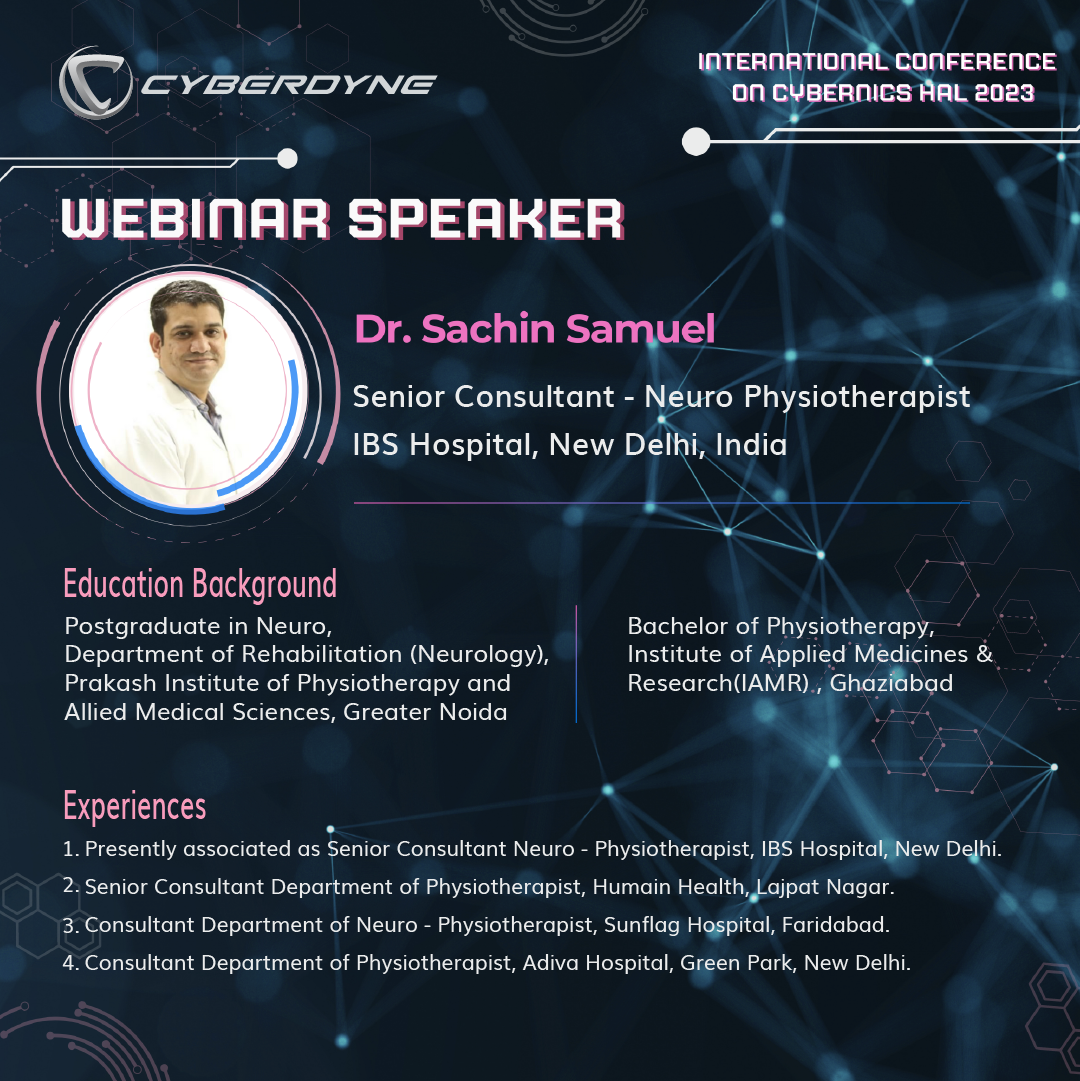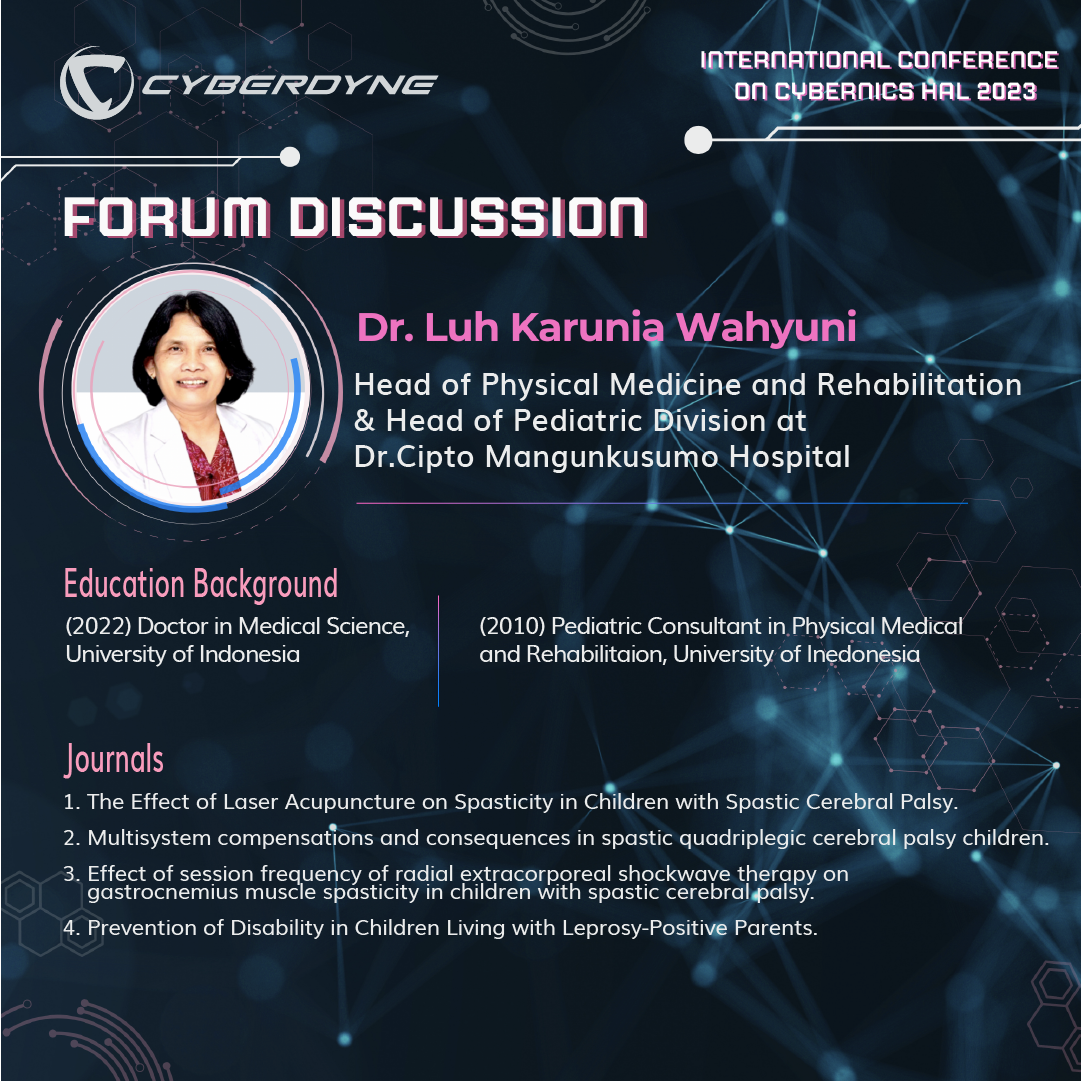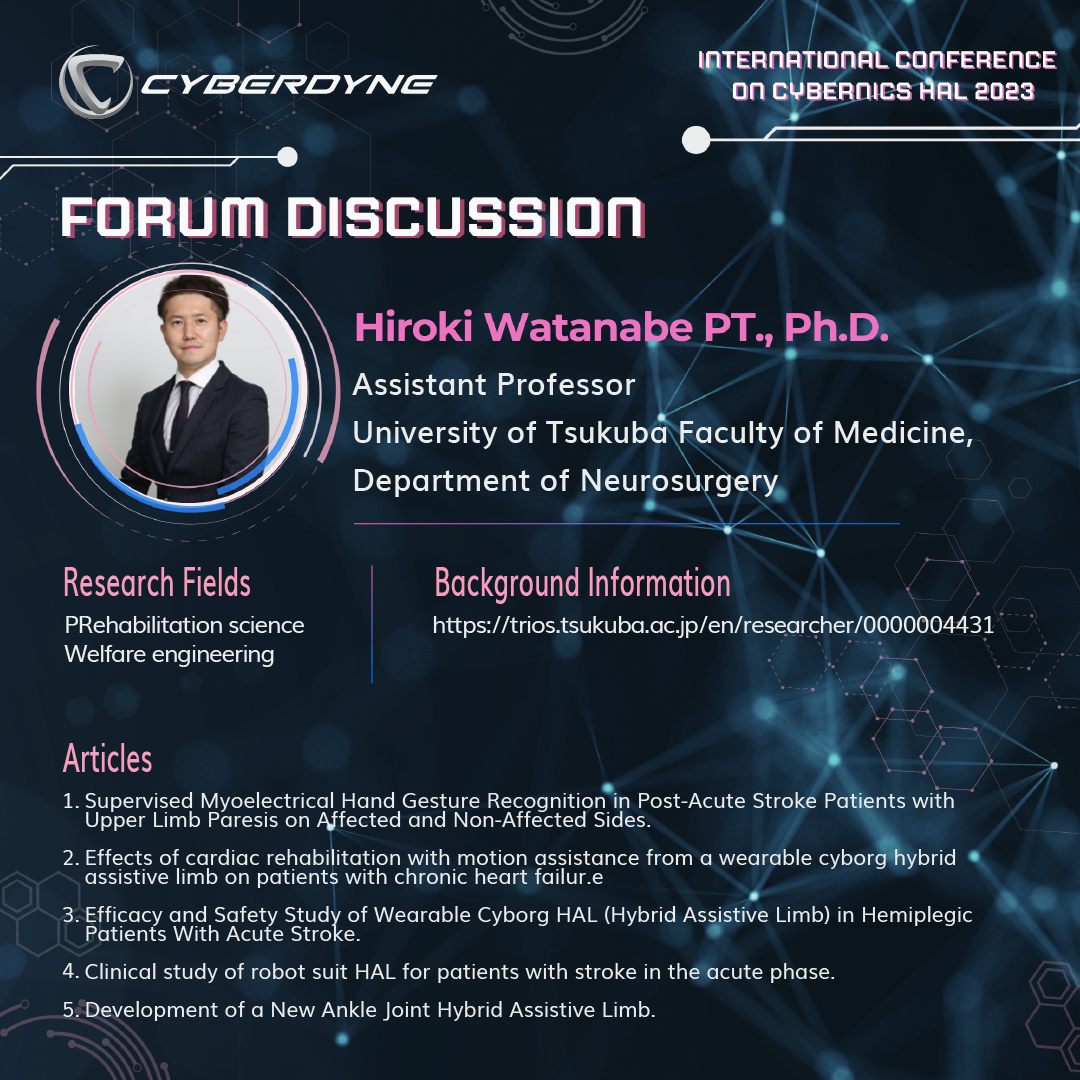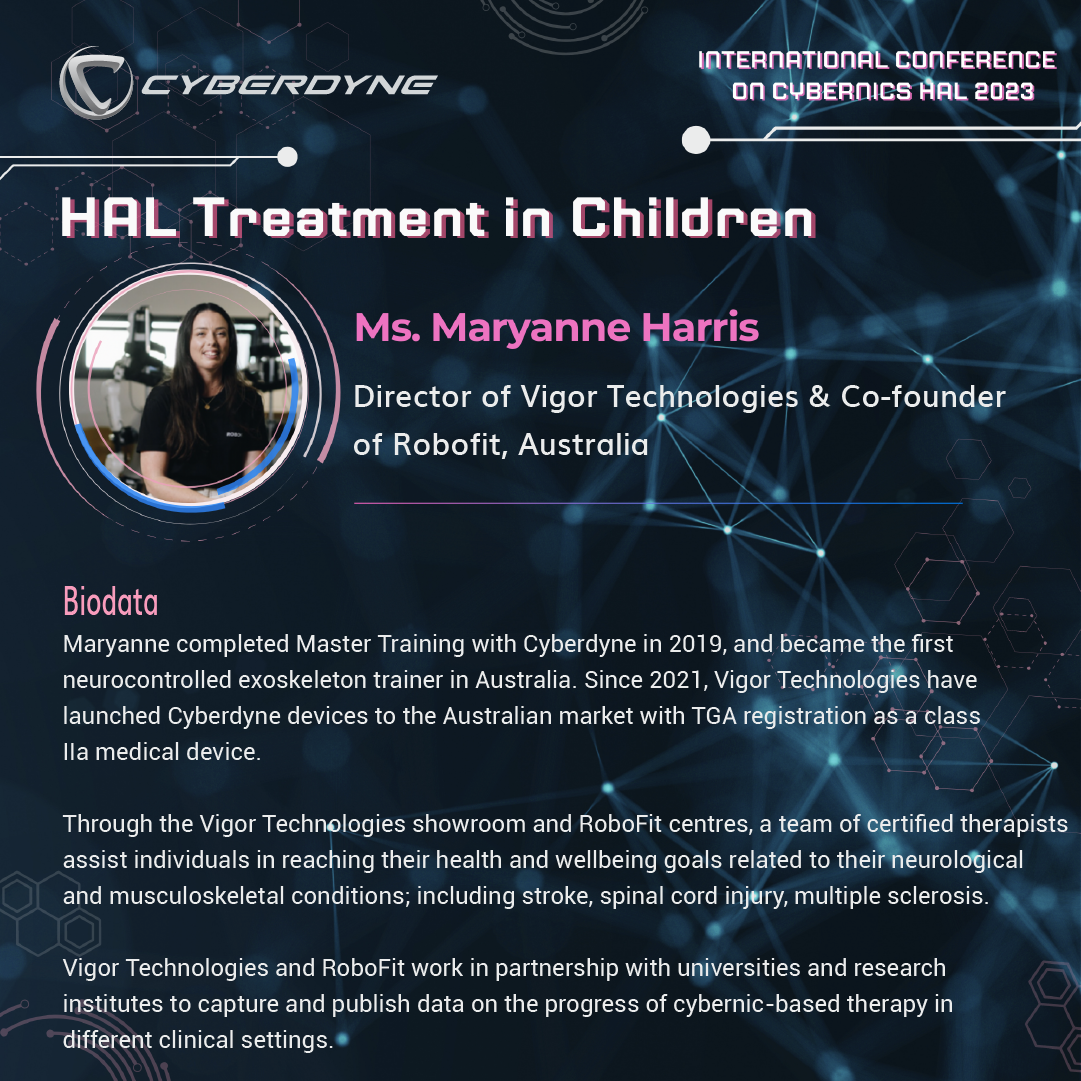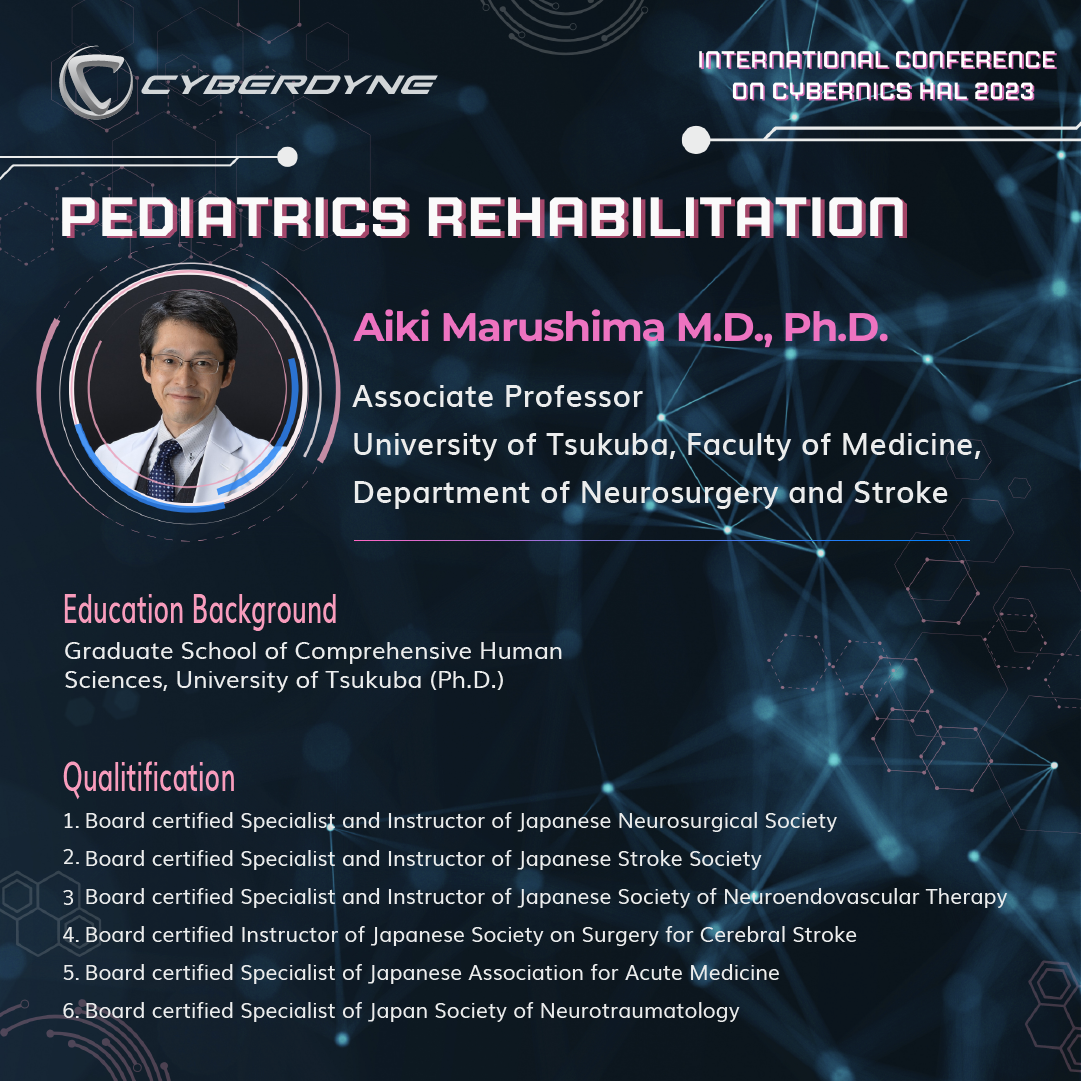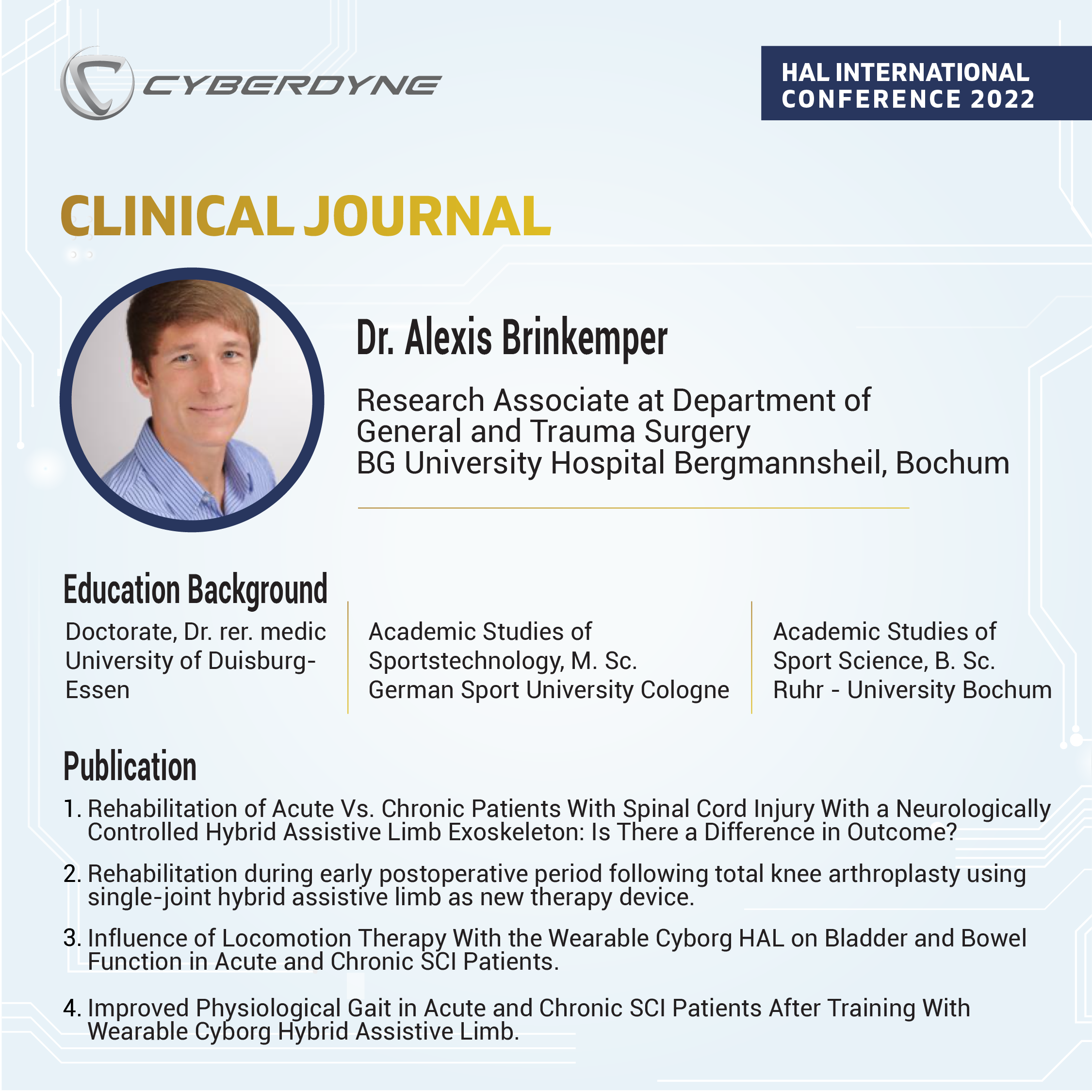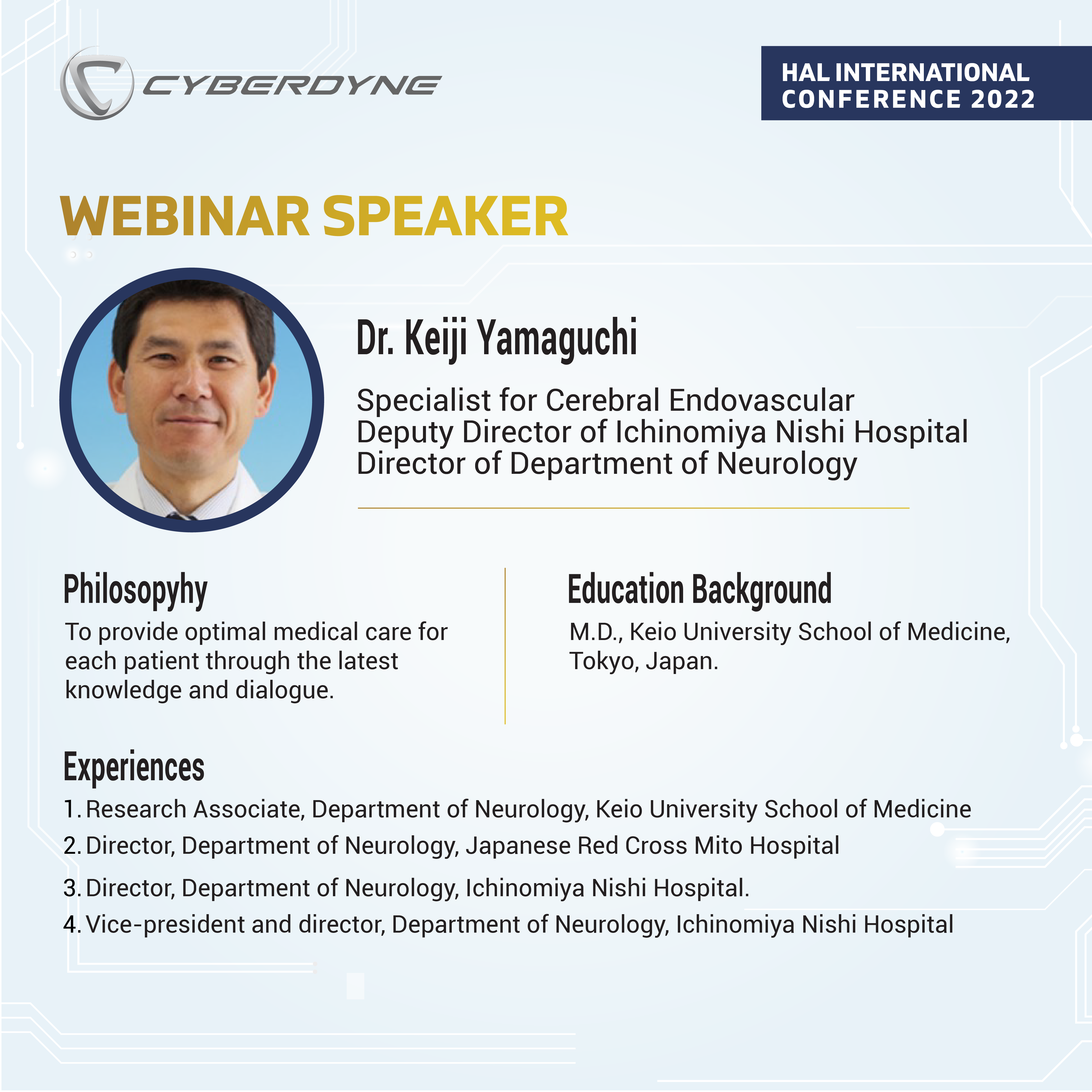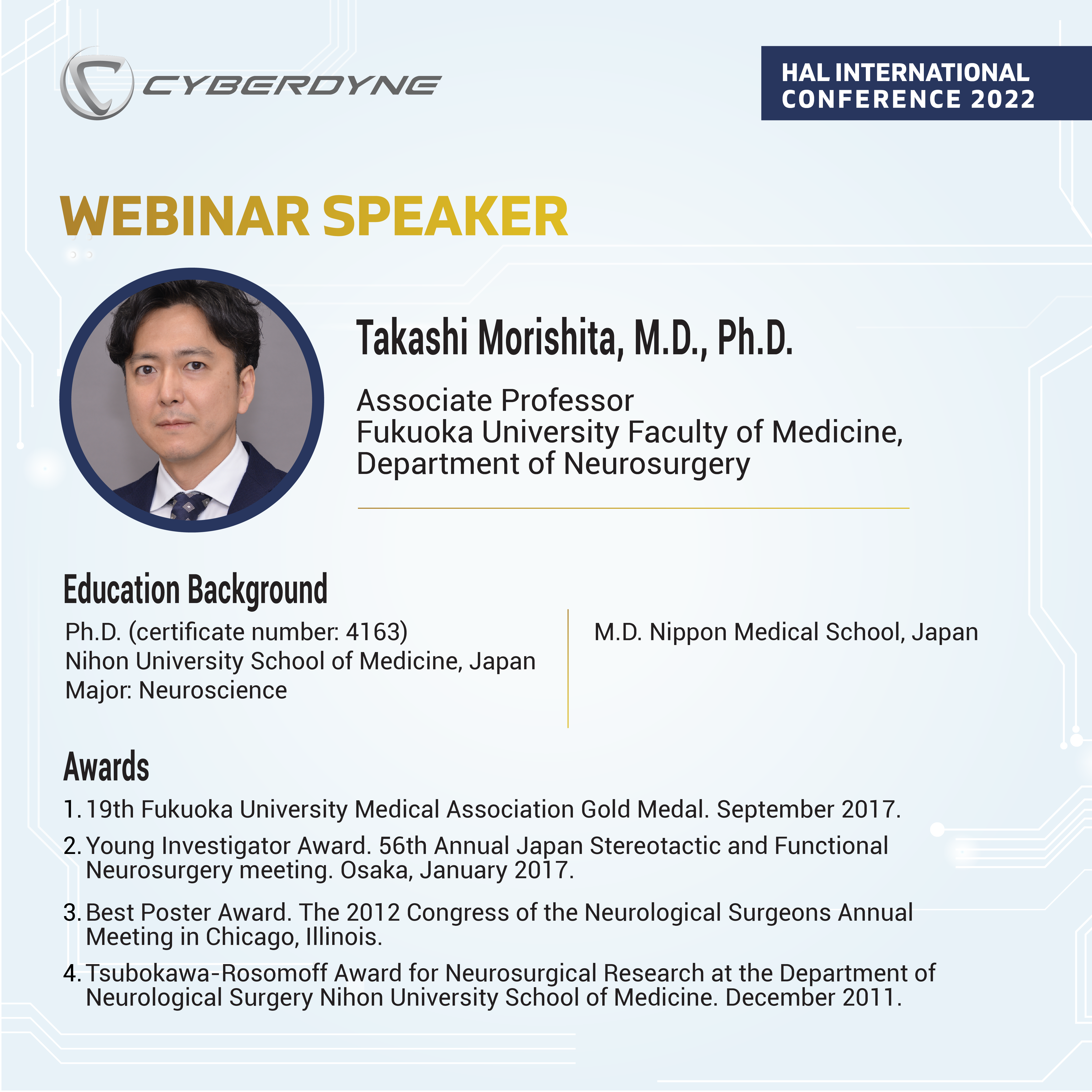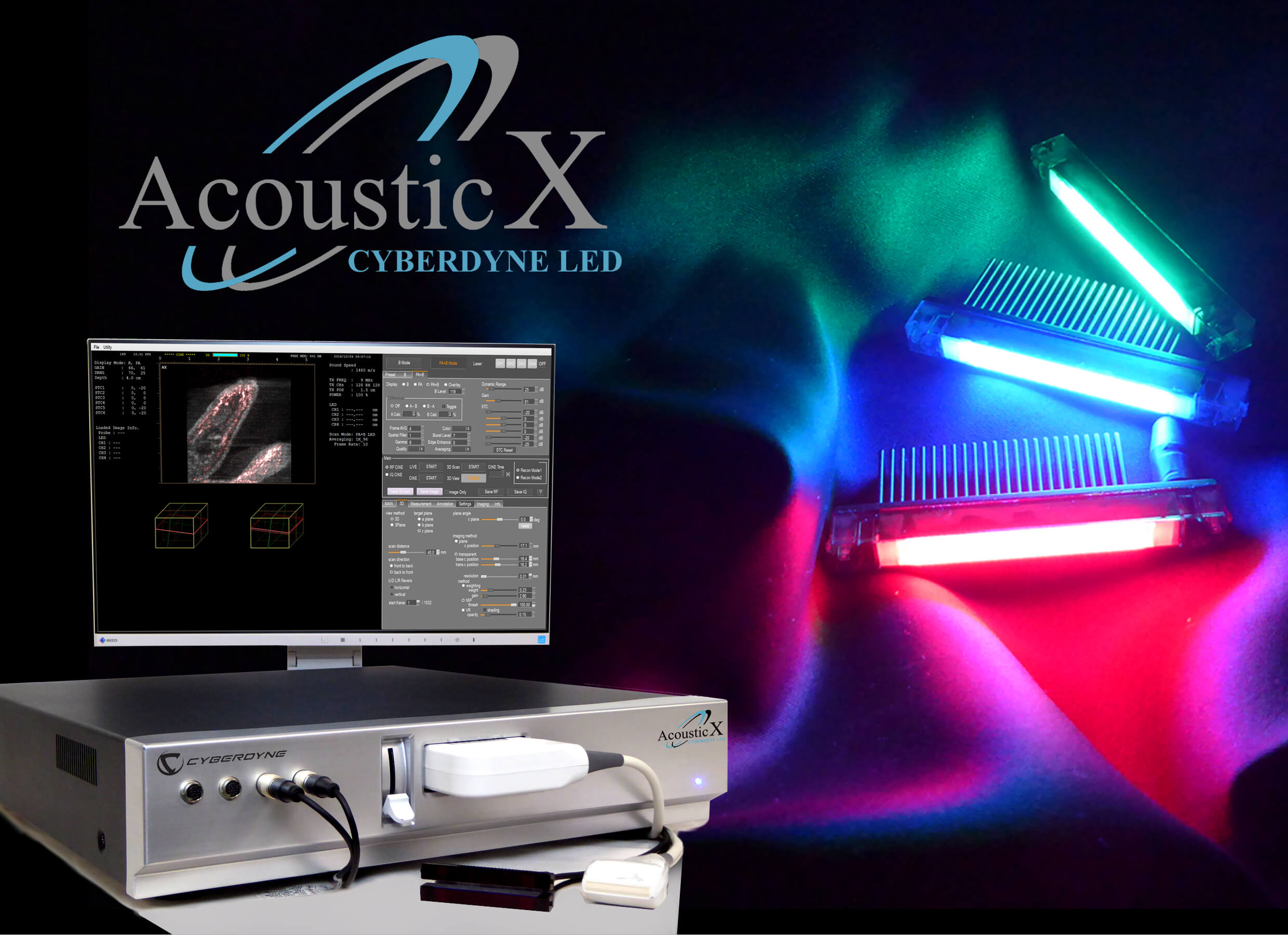

Acoustic X (Non-Medical Research Use)
A LED-based photoacoustic and ultrasound imaging system designed for vascular imaging applications.
Features
1. Unveils information within
Acoustic X is capable of simultaneously obtaining information through light absorption and ultrasound. Obtained information can be displayed on the monitor of the device. By combining these two methodologies, Acoustic X can display information which was thought to be difficult to display, such as capillary vessels and differences of oxygen saturation.
2. Supports cutting edge research
Acoustic X aims to overcome difficulties of conventional photoacoustic devices, such as the expensive costs and requirement of vast amounts of electricity supply by adopting LED array light source
Acoustic X Webinar
Featured Publications
Technical validation studies of a dual-wavelength LED-based photoacoustic and ultrasound imaging system
James Joseph, Mithun Kuniyil Ajith Singh, Naoto Sato, and Sarah Bohndiek
Summary
- Technical and biological validation studies of LED-based photoacoustic and ultrasound imaging system (AcousticX)
- Demonstrated that the dual-wavelength imaging capability of the AcousticX system offers excellent repeatability, reproducibility, and precision in phantoms
- Small animal imaging studies demonstrated the potential of AcousticX in mapping real-time changes in blood oxygen saturation levels and uptake of exogenous contrast agents
- This work gives a direct confirmation that AcousticX could be a promising alternative for bulky and expensive laser-based photoacoustic imaging systems in functional and molecular imaging applications
LED-based photoacoustic imaging: From bench to bedside
Mithun Kuniyil Ajith Singh (Editor)
Summary
- First book on LED-based photoacoustic imaging
- Covers fundamentals, principles, instrumentation, reconstruction, and data/image processing methods
- Discusses the preclinical and clinical applications of LED-based photoacoustic imaging
- Includes contributions from industry and academia alike
- Highlights the opportunities and challenges of clinical translation from an industry perspective
Detecting joint inflammation by an LED-based photoacoustic imaging system: a feasibility study
Junggun Jo, Guan Xu, Yunhao Zhu, Mary Burton, Jeffrey Sarazin, Elena Schiopu, Girish Gandikota, and Xueding Wang
Summary
- First clinical pilot study demonstrating the potential of LED-based photoacoustic imaging in inflammatory arthritis
- LED-photoacoustic images from 12 joints with clinically active arthritis, five joints with subclinically active arthritis, and 12 normal joints were compared with US doppler
- LED-photoacoustic imaging offered higher sensitivity than US doppler (gold standard) in detecting angiogenic microvasculature
- Clear demonstration that LED-based photoacoustic imaging is potentially an excellent portable imaging modality for inflammatory arthritis detection and treatment monitoring
Molecular imaging of oxidative stress using an LED-based photoacoustic imaging system
Ali Hariri, Eric Zhao, Ananthakrishna Soundaram Jeevarathinam, Jeanne Lemaster, Jianjian Zhang, and Jesse V. Jokerst
Summary
- First preclinical study demonstrating the molecular imaging capabilities of LED-based photoacoustics
- In this work, authors measured RONS (reactive oxygen and nitrogen species) in tissue samples using a near infrared absorbing molecule (CyBA) and LED-based photoacoustic imaging
- When compared to laser-based photoacoustic imaging systems, no photobleaching was observed while using LED-based system for this highly sensitive molecular imaging application
- Besides the advantage of significant reduction in the size and cost, authors demonstrate the unprecedented potential of LED-based photoacoustics in molecular imaging
Tomographic imaging with an ultrasound and LED-based photoacoustic system
Kalloor Joseph Francis, Yoeri E. Boink, Maura Dantuma, Mithun Kuniyil Ajith Singh, Srirang Manohar, and Wiendelt Steenbergen
Summary
- Reported a method to realize tomographic ultrasound and photoacoustic imaging using an LED-based photoacoustic and ultrasound system
- Multiple illumination configurations suitable for human finger and animal brain imaging are explored thoroughly
- High resolution LED-based photoacoustic and ultrasound images of human finger and animal joints were obtained, demonstrating potential of the method in inflammatory arthritis diagnosis and treatment monitoring in a resource-limited preclinical and clinical setting
- Proposed method can find a wide range of clinical applications, especially in a point-of-care setting, where inexpensive and compact equipment is a requirement
Handheld Real-Time LED-Based Photoacoustic and Ultrasound Imaging System for Accurate Visualization of Clinical Metal Needles and Superficial Vasculature to Guide Minimally Invasive
Procedures
Wenfeng Xia, Mithun Kuniyil Ajith Singh, Efthymios Maneas, Naoto Sato, Yusuke Shigeta, Toshitaka Agano, Sebastian Ourselin, Simeon J. West, and Adrien E. Desjardins
Summary
- First study demonstrating the potential of LED-based photoacoustic imaging in guiding minimally invasive procedures with peripheral vascular targets
- LED-based PA imaging offered higher contrast in visualizing clinical needle shaft and tip, when compared to ultrasound imaging, the gold standard
- Using phantom and in vivo human volunteer experiments, authors showed that combined LED-based PA and US imaging holds potential in minimally invasive surgical guidance
- Demonstrated the potential of portable LED-based system in a resource limited clinical setting for guiding procedures involving metallic clinical needles
Diagnosis and Treatment Monitoring of Port-Wine Stain Using LED-Based Photoacoustics: Theoretical Aspects and First In-Human Clinical Pilot Study
Qian Cheng, Menglu Qian, Xiuli Wang, Haonan Zhang, Peiru Wang, Long Wen, Jing Pan, Ya Gao, Shiying Wu, Mengjiao Zhang, Yingna Chen, Naoto Sato, and Xueding Wang
Summary
- First clinical pilot study demonstrating the potential of LED-based photoacoustic imaging in diagnosis and treatment monitoring of port wine stain
- Thorough coverage of both the theoretical and clinical experimental aspects
- 22 patients were included in the study and the capability of LED-based PA imaging was compared with gold standard techniques like dermoscopy
- New LED-photoacoustic based index was developed which can be used as a guiding tool for port wine stain detection and PDT-based treatment monitoring
- Clearly demonstrated that LED-based photoacoustics can be a valuable tool for early diagnosis and photodynamic therapy monitoring in port wine stain disease








